7 best plants for balconies — turn any space into a summer sanctuary
No yard? No problem
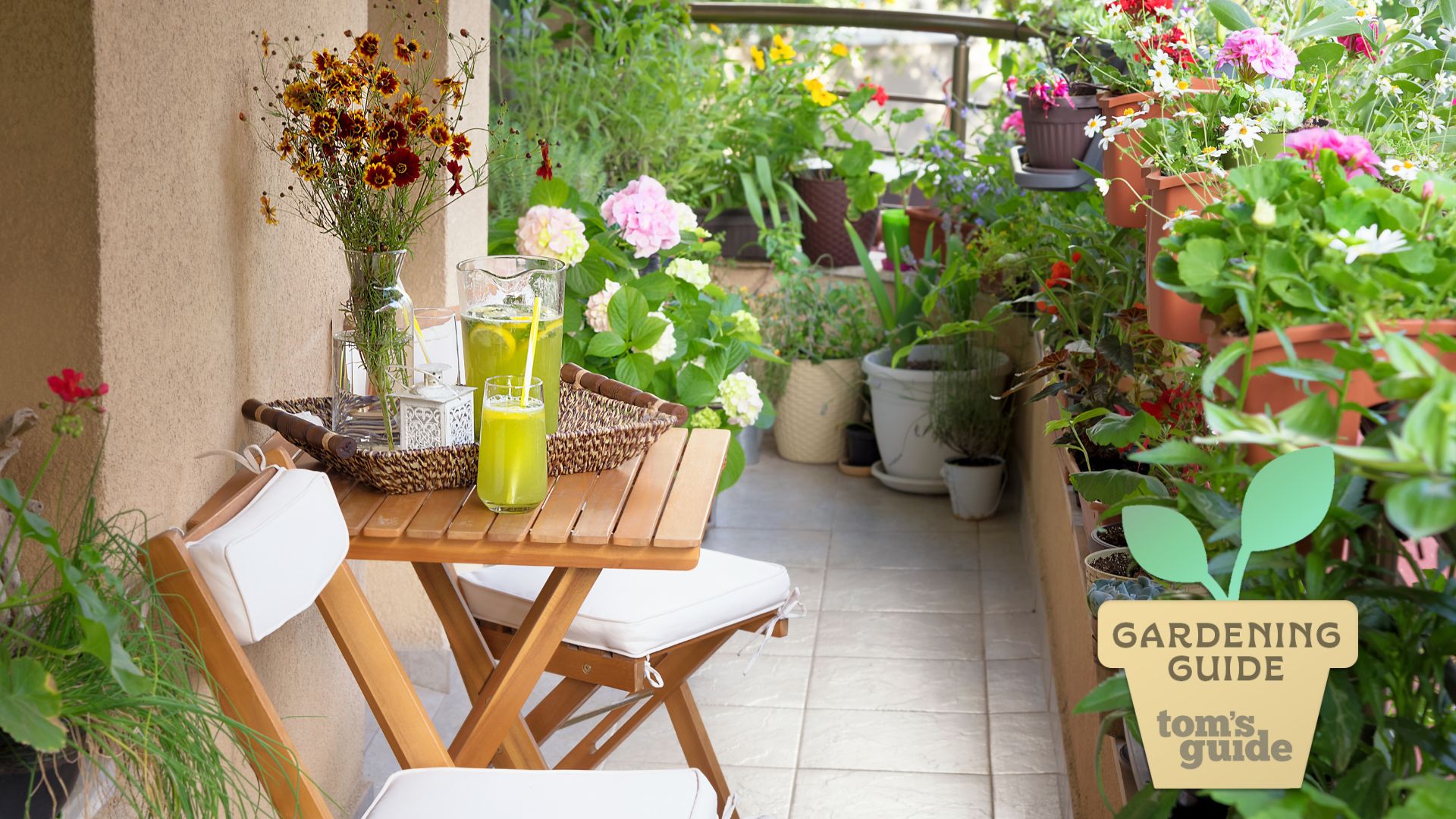
For anyone with a green thumb, it can be disappointing to move into a home with no front lawn or backyard. If you have a balcony, however, you’re closer to your gardening goals than you might think.
No matter the size or aspect of the space, there are some easy steps you can take to add life and greenery to your balcony. While certain species and design choices may not be feasible in a limited, elevated environment, there are still many available options that are worth exploring.
Here are seven plants that are especially well suited to balcony planting.
Get smart with container planting
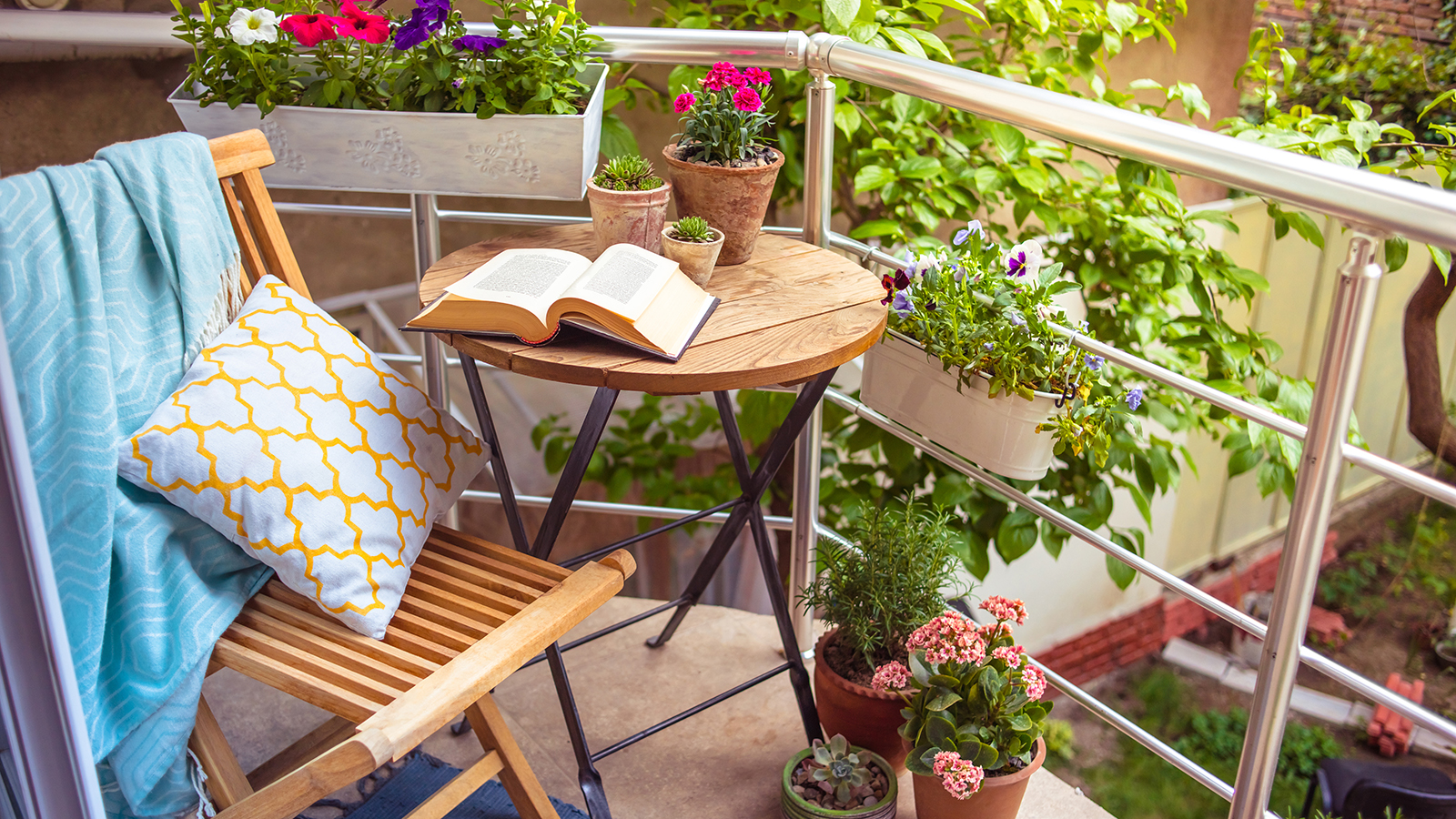
Before you begin planting, assess your balcony for a few specific criteria.
First, gauge the weight limit; containers full of soil and vegetation are a lot heavier than an empty planter, so factor that into your planting scheme.
Next, figure out which direction the balcony faces to determine how much light you’ll get per day. South-facing balconies will have much greater sun exposure than north-facing ones, for instance.
Then, determine if there are overhead balconies that may cast shade over your space; this will influence which plants will thrive.
Sign up to get the BEST of Tom's Guide direct to your inbox.
Get instant access to breaking news, the hottest reviews, great deals and helpful tips.
Finally, if your balcony also doubles as a fire escape, it’s important to leave a clear path for exit in case of emergency.
Take advantage of vertical space with hanging planters
Once you’ve determined the qualities of your balcony’s environment, it’s time to choose your plants.
Every gardener will have their own tastes and aesthetics, but there are a few good design rules of thumb to keep in mind. A couple of larger, statement plants will be more visually effective – and lower maintenance – than lots of smaller plants.
Take advantage of vertical space with hanging planters and consider expanding your horizontal space by attaching a wide planter to the outside edge of the balcony. Vining plants can take up a lot of vertical space with a minimal footprint, while herb gardens can be a great way to add both scent and edible functionality in a confined space.
Lastly, it’s possible to create a natural privacy screening through taller plants, if the balcony is otherwise quite exposed.
1. Lavender
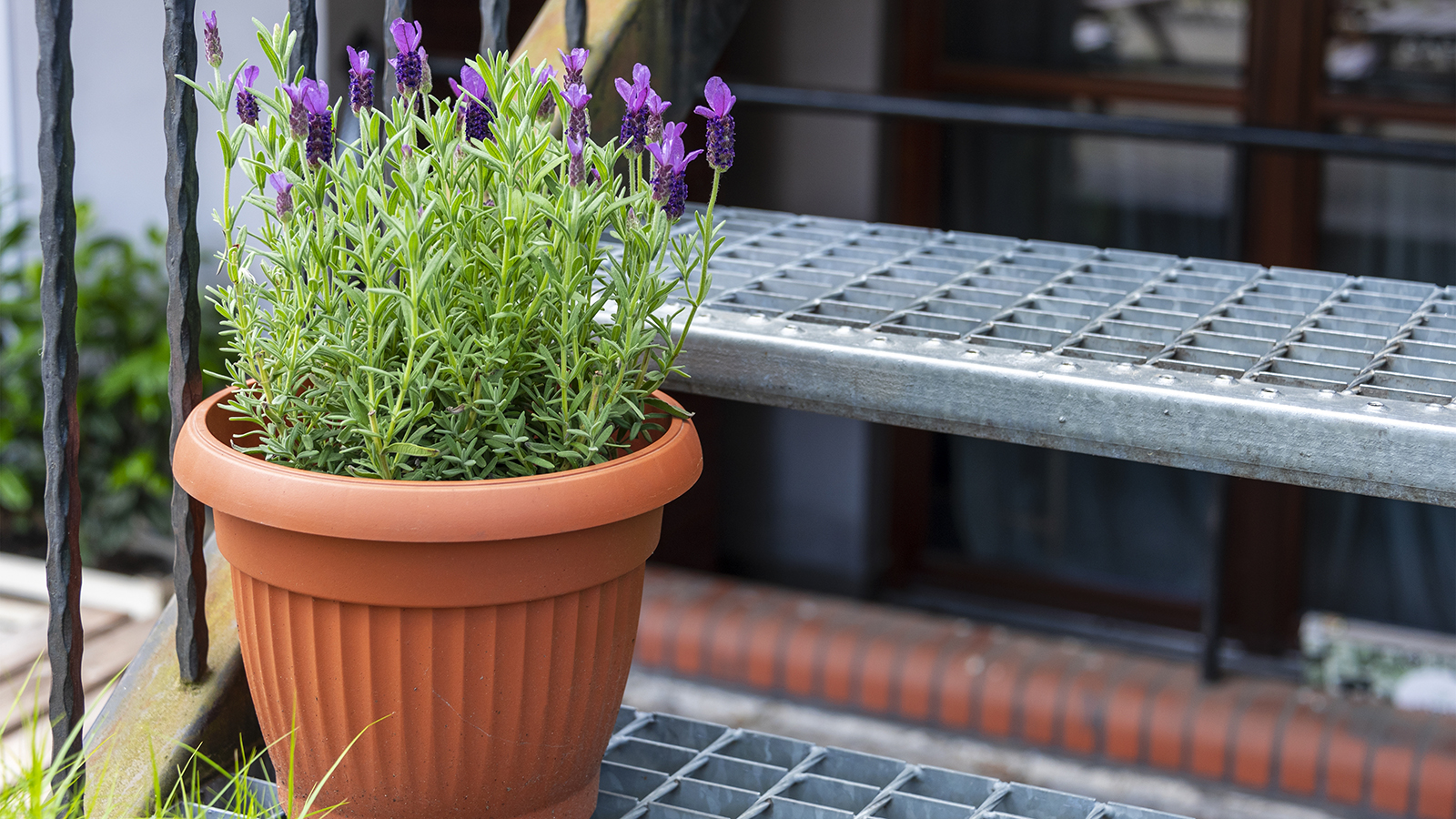
If your balcony has a lot of sun exposure, lavender is a perfect option for container planting. It only grows to 1-3 feet tall and keeps a fairly neat footprint, so you don’t need to worry about it sprawling out of control.
While it does require a lot of sun to thrive, the plant is otherwise very hardy since it is drought-, heat-, and wind-tolerant.
The most familiar variety has tiny buds of purple flowers, but other varieties come in white shades if you prefer a more monochromatic look. Not only is lavender popular with people, but it is beloved by bees and so is a great choice if you’re interested in a pollinator garden.
Most notable, however, is its signature scent. Lavender’s soothing perfume is believed to have aromatherapy properties, and the plant can even be used for both medicinal and edible purposes.
2. Thyme
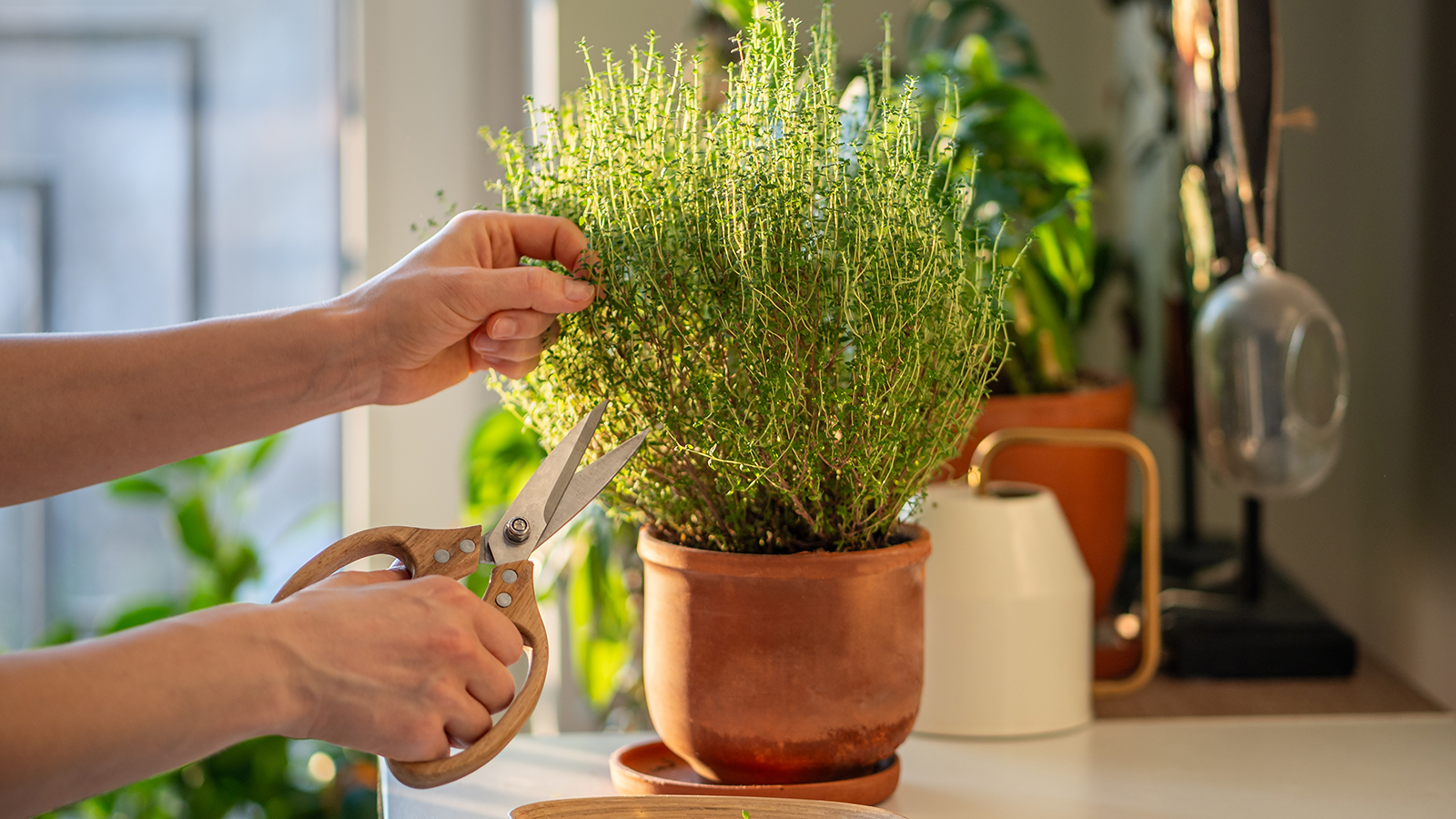
Thyme is another herb that is well-suited for balcony life and ideal for more culinary-focused gardeners. This herb is used in many cuisines, especially Mediterranean ones – since that is where it originates from.
It prefers a relatively dry and sunny climate, but is otherwise quite tolerant and can be planted at any time of year, with an expected harvest time of just a few months. You can even pick the leaves during the winter if you live in any zone where it grows as a perennial.
During the spring and summer, it blooms with tubular flowers in white, pink, or purple tones and these flowers are popular with a range of pollinators. Thyme is compact enough to be planted in a container, just opt for one that is at least 6 inches in depth and 12 inches in width to accommodate its growth. Make sure the soil is able to drain sufficiently for the healthiest plants.
3. Hydrangeas

When it comes to a dramatic height to width ratio, it’s wise to opt for plants that prefer to grow upwards along a trellis. These can add structure and verticality to the garden without taking up too much precious real estate.
Peas are a perfect example of this, offering pretty delicate foliage and frequent harvests throughout the late spring and summer. Not only can you eat the pea pods, but both the shoots and tendrils are also edible.
If you plant the pea seeds on both sides of the trellis, you can double your harvest and plant density without taking up more space in the garden. Since the vegetables and their foliage are similarly toned in green, pea plants will provide a seamless backdrop to the rest of your planting scheme and won’t distract with showy blooms or fruits like a tomato vine might.
4. Bamboo
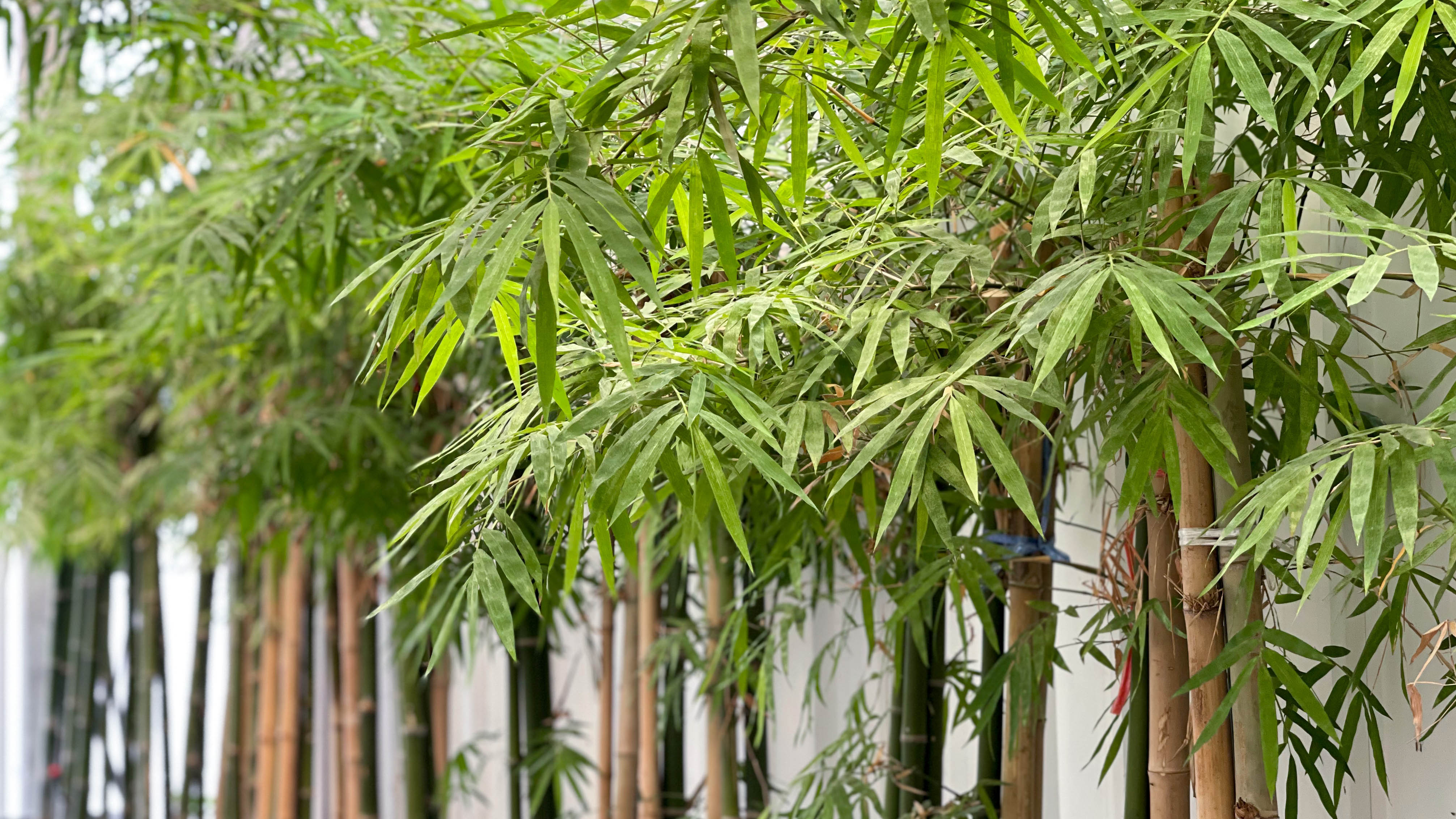
Bamboo is one of the quickest-growing plants, forming long and graceful stalks that cluster together close enough to form an effective screen.
Bamboo can grow anywhere from 8 to 20 feet tall, and it forms foliage on the upper parts of its delicate stalks, so it’s not just functional but attractive too. This makes bamboo a great plant to use as a natural privacy barrier for any balconies that are particularly exposed.
It can also function as a windbreak for higher balconies in windy areas
It can also function as a windbreak for higher balconies in windy areas and since bamboo establishes itself quickly, you won’t have to wait long to benefit. In fact, its speedy growth means that some species are considered invasive and therefore it’s best-suited to plant the bamboo in a container and not the ground anyway.
It can grow in both full or partial sun and prefers moist yet well-draining soil. If you need to screen off a large space, consider using several wide planters rather than one long trough.
5. Strawberries
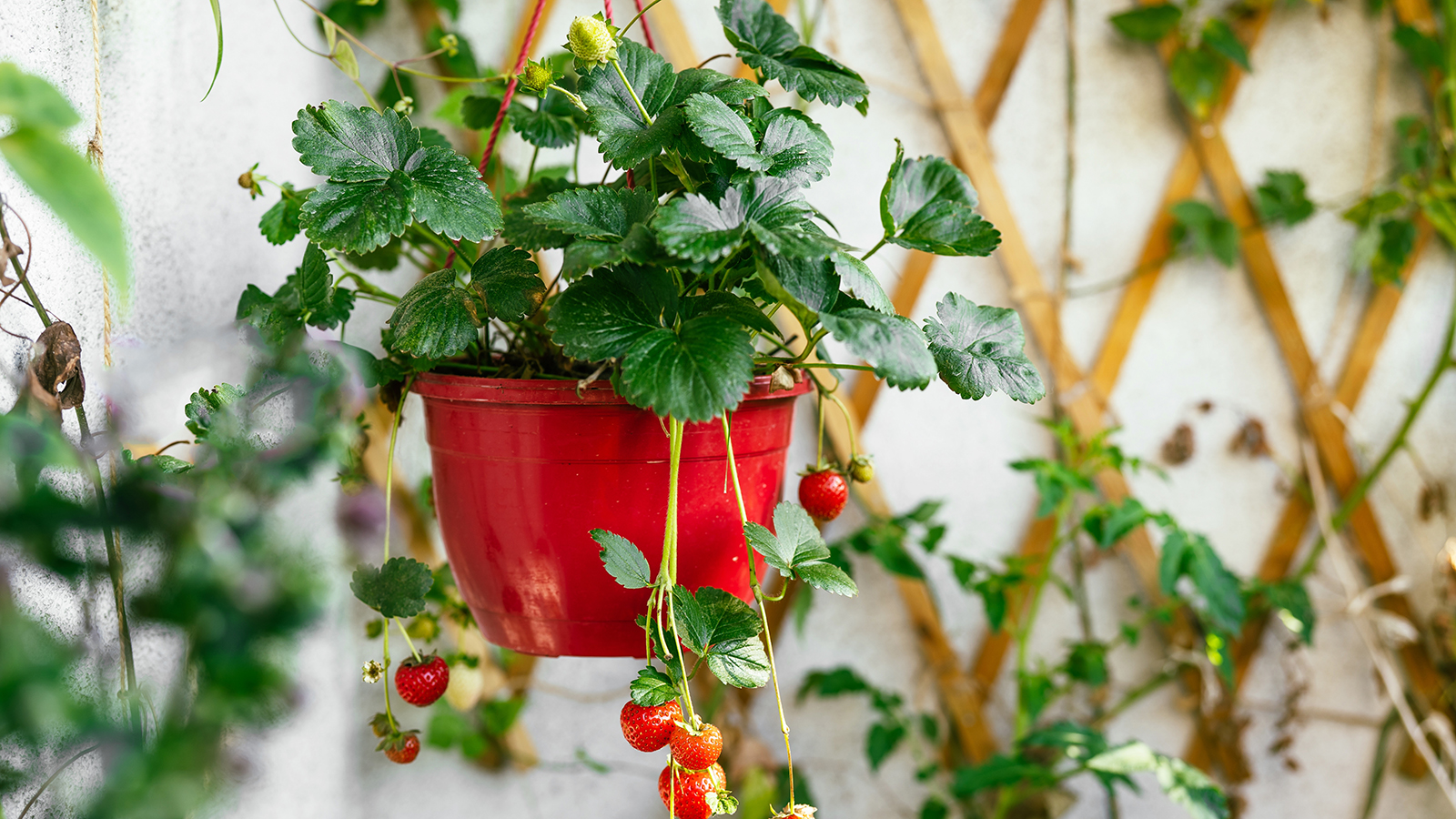
Balconies are more limited in space than most gardens, so it’s important to maximize the space you do have – especially vertically.
Hanging planters provide both dimension and color to a balcony without requiring any footprint, making them a great option.
Within that, strawberries are a perfect candidate for filling a hanging planter. They thrive in a more confined space and yet grow outwards enough to create an attractive halo effect around the planter.
When it comes to fruiting season, strawberries are a tasty favorite of many people and look charming on the stem with their bright red color.
There are several species to choose from, depending on your preference for size and taste – or you can plant several different varieties across multiple hanging planters. And when it’s time to harvest, you won’t need to bend down to pick the crop.
6. Verbena
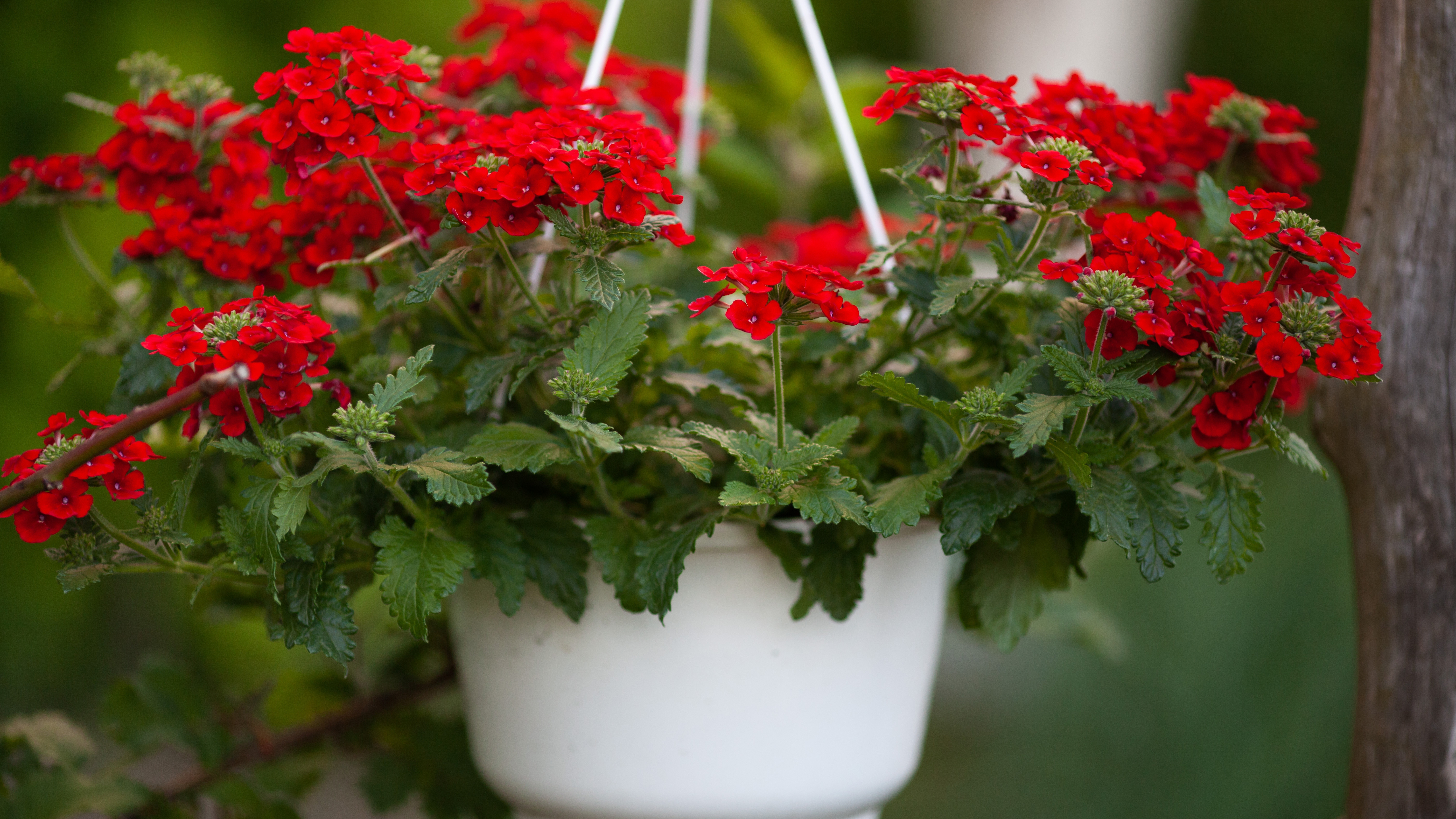
Maximize your larger containers, especially ones that hang over the side of the balcony, by planting a trailing species like verbena. This plant will spill attractively over the edges of a planter, softening the edges and creating some height and dimension.
Verbena features clusters of small flowers in a variety of shades, including a bicolor species. It blooms throughout the year from spring to fall, making it a great choice for balconies in temperate regions that can be used year-round.
The plant also only reaches a foot in height, so you don’t need to worry about the plant overgrowing its container. Verbena prefers full sun exposure and likes a good amount of airflow to reduce the chance of mildew, so a balcony edge is a great location to ensure enough wind passes through it.
If you have pets, check whether your chosen species is toxic beforehand, as some are harmful to dogs, cats, and horses.
These garden gloves are made of nylon and nitrile and come in three sizes — small, medium and large. They offer excellent non-slip properties, are comfortable around the wrist, breathable and machine washable. At Tom's Guide, we recommend them as the best overall gardening glove.
7. Jasmine
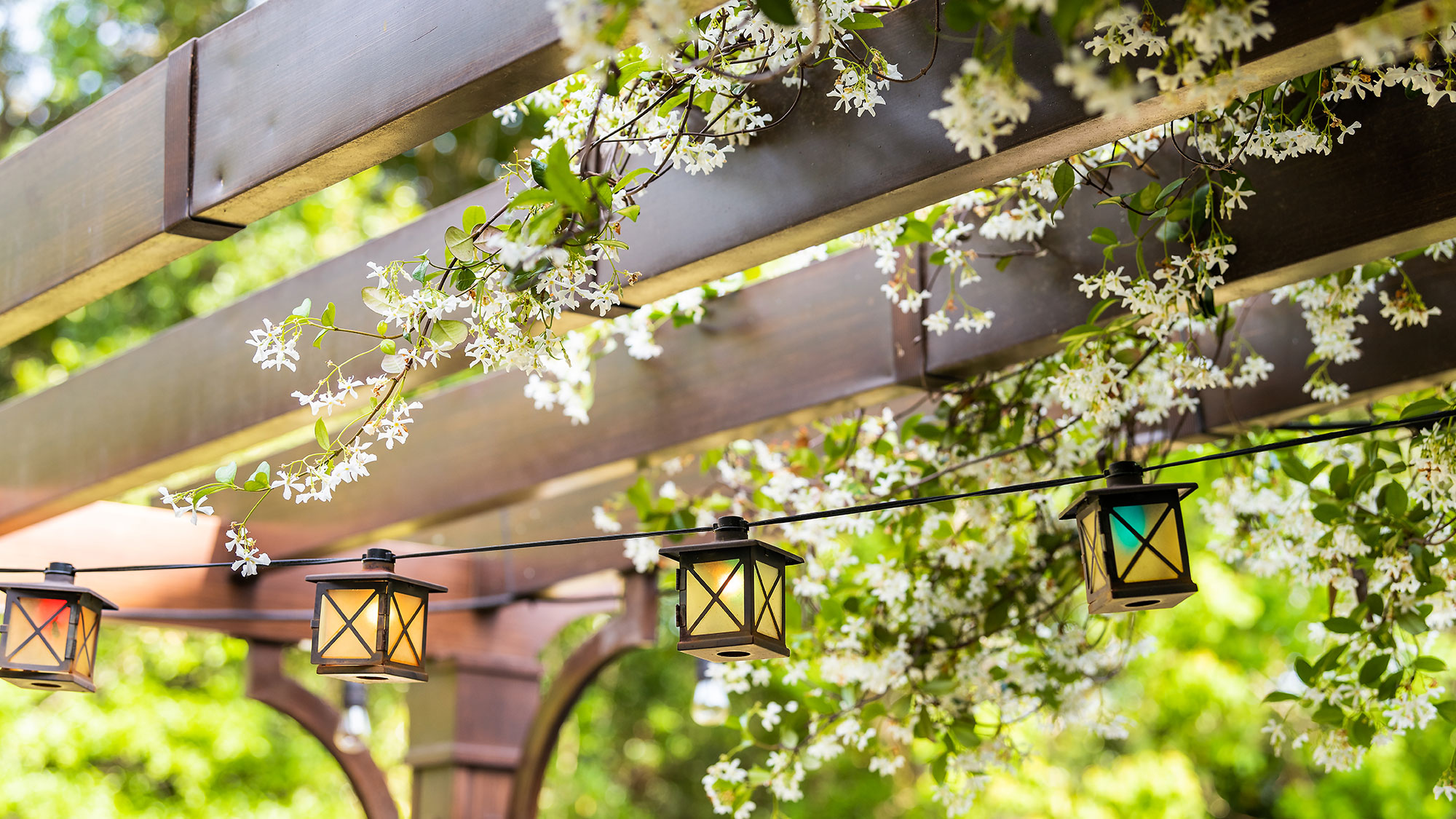
Tall, vining plants are a great way to turn a regular wall into a living, breathing part of the sky garden. Of those, jasmine is a popular choice since it features beautiful white blooms that have a powerful, delightful perfume.
This plant can reach up to 15 feet tall, so check which variety you are purchasing before making the transaction. You will also be able to select between summer or winter flowering options, so choose depending on when and how you enjoy your balcony. Jasmine is most potent during the evenings, so it can be an especially good idea if you mostly spend time on the terrace at that time.
It is well suited for growth in containers, despite its size, but remember to install a trellis or other support system to maintain its structure as it grows.
Lastly, the blooming season can take a lot out of the plant, so make sure to liberally apply fertilizer and water during this time to ensure healthy flowering.
More from Tom's Guide
Madeleine Streets is a writer and content manager based in New York City. She covers an eclectic mix of lifestyle, technology, finance and health and has been published in Tom's Guide, Women's Wear Daily, SELF, Observer, Footwear News and others. Originally from London, Madeleine has a penchant for tea, baking and moody weather. When she’s not writing, you can find her exploring the city’s bookstores, hunting down new restaurants, fostering cats and cheering on Arsenal FC.
You must confirm your public display name before commenting
Please logout and then login again, you will then be prompted to enter your display name.


